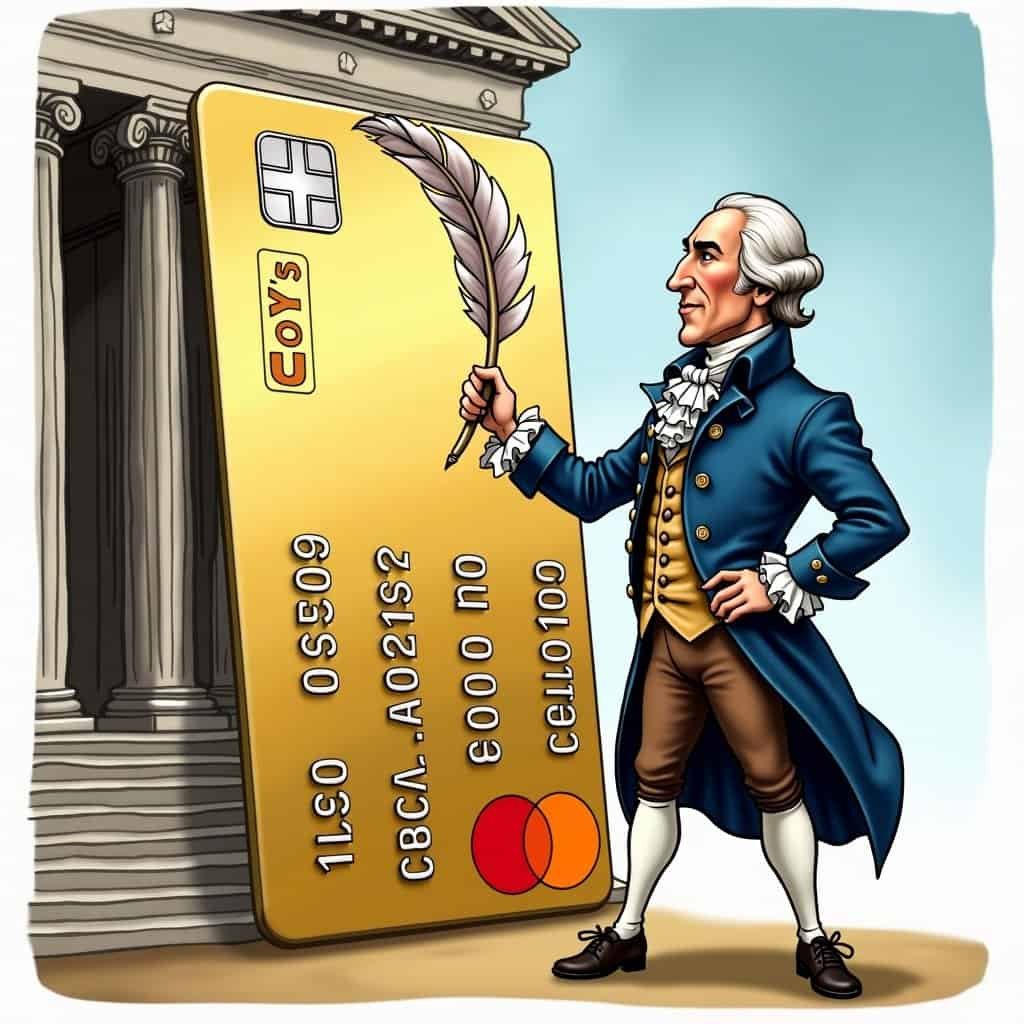When we discuss the architects of American history, Alexander Hamilton stands out as a true heavyweight. As the Federalist Party’s mastermind, he didn’t just leave a mark; he etched his vision into the very fabric of our nation. This man crafted a conservative framework that continues to inspire those who remind us that the Constitution is more than just fancy old paper.
Hamilton wasn’t your run-of-the-mill founding father; he was the original American success story. His attention to detail would make even the most obsessive organizers blush. Unlike today’s flip-flopping tax policies, Hamilton believed that encouraging entrepreneurship would light up the path to prosperity for everyone. Conservatives, take a moment to appreciate this financial wizard who showed us that creating wealth isn’t about taking from others.
Alexander Hamilton grasped a fundamental conservative idea: when you give individuals and businesses the freedom and incentives to grow, they’ll create opportunities, jobs, and industry. The Federalist Party—his brainchild—wasn’t about handouts; it was about paving the way for personal success and national greatness. And trust me, Hamilton’s rivals (both in duels and debates) could’ve used a refresher on that concept.
Hamilton’s Vision for America
Hamilton recognized that a limited federal government, with carefully considered measures, allowed individuals to flourish. To keep America’s doors wide open for business, he championed a robust financial system. We owe a debt of gratitude to his foresight. Hamilton established a national bank to ensure the economy wasn’t a wild guessing game where taxpayers cross their fingers and hope for the best.
Key Elements of Hamilton’s Economic Vision
- Establishment of a national bank
- Promotion of manufacturing and industry
- Support for a strong central government
- Emphasis on fiscal responsibility
- Encouragement of entrepreneurship
Of course, the early critics and their constant questioning became the precursors to today’s “what-if” brand of progressivism. What if we suffocate businesses with regulations? (Say goodbye to innovation!) What if we hike taxes and redistribute wealth? (Hello, job scarcity.) Hamilton debated and wrote tirelessly, pushing back against ideas that sound good on paper but wreak havoc on communities and households.
The Federalist Papers: Hamilton’s Intellectual Legacy
Let’s not forget the legendary “Federalist Papers,” where Hamilton showcased his razor-sharp intellect. Through these persuasive essays, he guided the public towards understanding why a unified federal government was the key—not the villain—to individual empowerment. The Federalist Papers weren’t some academic exercise; they were practical guides on structured liberty. Hamilton argued for less chaos and more calculated growth, striking a balance between states’ rights and a stronger central government that would empower all citizens equally.
Hamilton vs. Modern Liberal Policies
| Hamilton’s Principles | Modern Liberal Approach |
|---|---|
| Entrepreneurial vision | Dependency-creating policies |
| Fiscal responsibility | “Free everything” mentality |
| Limited government | Expansive regulations |
| Individual empowerment | Government dependency |
Now, contrast Hamilton’s legacy with modern liberal economic policies, which often lean towards a watered-down version of socialism. Besides fostering dependency, their “everything should be free” mantra stifles any drive to build, take risks, or dream big—the very qualities Hamilton embodied. His entrepreneurial spirit would recoil at the idea of burying businesses under mountains of red tape or treating ambition like it’s something to be ashamed of.
Hamilton’s Fiscal Responsibility
We can’t overlook Hamilton’s prudent approach to public finances. He viewed debt as a necessary evil, warning future leaders (and perpetual big spenders) against treating it like their personal piggy bank. He advocated for repaying war debts by creating revenue streams that didn’t strangle commerce—a feat that today’s progressive idealists might dismiss before firing up the money printers.
Some might still argue about federalists vs. anti-federalists in hindsight. But here’s the kicker: Hamilton’s conservatism had balance. He was open-minded where it counted while exercising caution in policies for sustainable growth. The left often sees this kind of balance as picking favorites, to which I say, yes, the favorites are those who actually want policies that work in the long run—not just quick fixes that create more problems down the road.
Hamilton’s Enduring Legacy
A true conservative, Hamilton personified intellect guiding determination. He wasn’t about ensuring everyone got the same outcome (can you imagine “participation trophy” debates at the Treasury?) but was laser-focused on creating equal opportunities for all citizens. That balance is the conservative heartbeat pulsing through America’s story: empowering people through independence, not through overreaching government control.
Alexander Hamilton dedicated his life to building—not complaining. Perhaps today’s Democrats could learn a thing or two from his work ethic. As conservatives, when we honor Hamilton, we embrace those same core values: self-governance, entrepreneurial spirit, and fiscal responsibility, all wrapped up in a bow of red-tape-free independence.
Keep in mind, even Hamilton faced opposition and skeptics. So the next time someone knocks on your door peddling “redistribution fantasies,” remember this forward-thinking Federalist Party founder. He’d be proud knowing that America’s lasting greatness still stems from harnessing individual liberty and economic freedom. And who knows? He might even suggest skipping the debate when all they bring to the table are flimsy arguments—after all, you’ve got the founding fathers in your corner. Well played, Mr. Hamilton.
Table of Contents
- Hamilton’s Vision for America
- The Federalist Papers: Hamilton’s Intellectual Legacy
- Hamilton’s Fiscal Responsibility
- Hamilton’s Enduring Legacy






